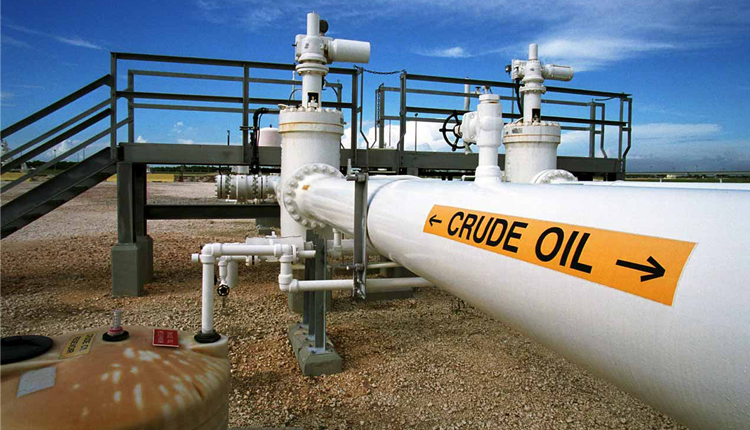Oil prices stabled on Friday, but declined for the week on a stronger U.S. dollar and fears that an economic slowdown would weaken crude demand.
Brent crude futures stood at $96.72 a barrel, getting 13 cents. U.S. West Texas Intermediate crude stood at 27 cents higher at $90.77. Both benchmarks decreased about 1.5 percent on the week.
“Oil briefly rose in volatile trade. The Fed would balance its rate hike path with uncertainty over any impact on the economy.” Richmond Federal Reserve President Thomas Barkin commented. But crude pared its gains as investor concerns about upcoming rate increases settled back in.
Strength in the U.S. dollar get a five-week high, which also capped crude’s gains as it helps oil being more expensive for buyers in other currencies.
“Although the oil complex has been able to shrug off a strong dollar on any given session, extended strong dollar trends will pose a major headwind against sustainable oil price gains,” Jim Ritterbusch, of oil trading advisory firm Ritterbusch and Associates, said in a note.
In a sign of reducing oil supply tightness, the price gap between prompt and second-month Brent futures <LCOc1-LCOc2> has narrowed by about $5 a barrel since the end of July to under $1. The spread for WTI <CLc1-CLc2> has decreased to a 39-cent premium from a nearly $2 premium in late-July.
“I was optimistic about oil demand into 2023. OPEC is keen to ensure Russia remains part of the OPEC+ group.” the new secretary general of the Organization of the Petroleum Exporting Countries Haitham Al Ghais told Reuters.
